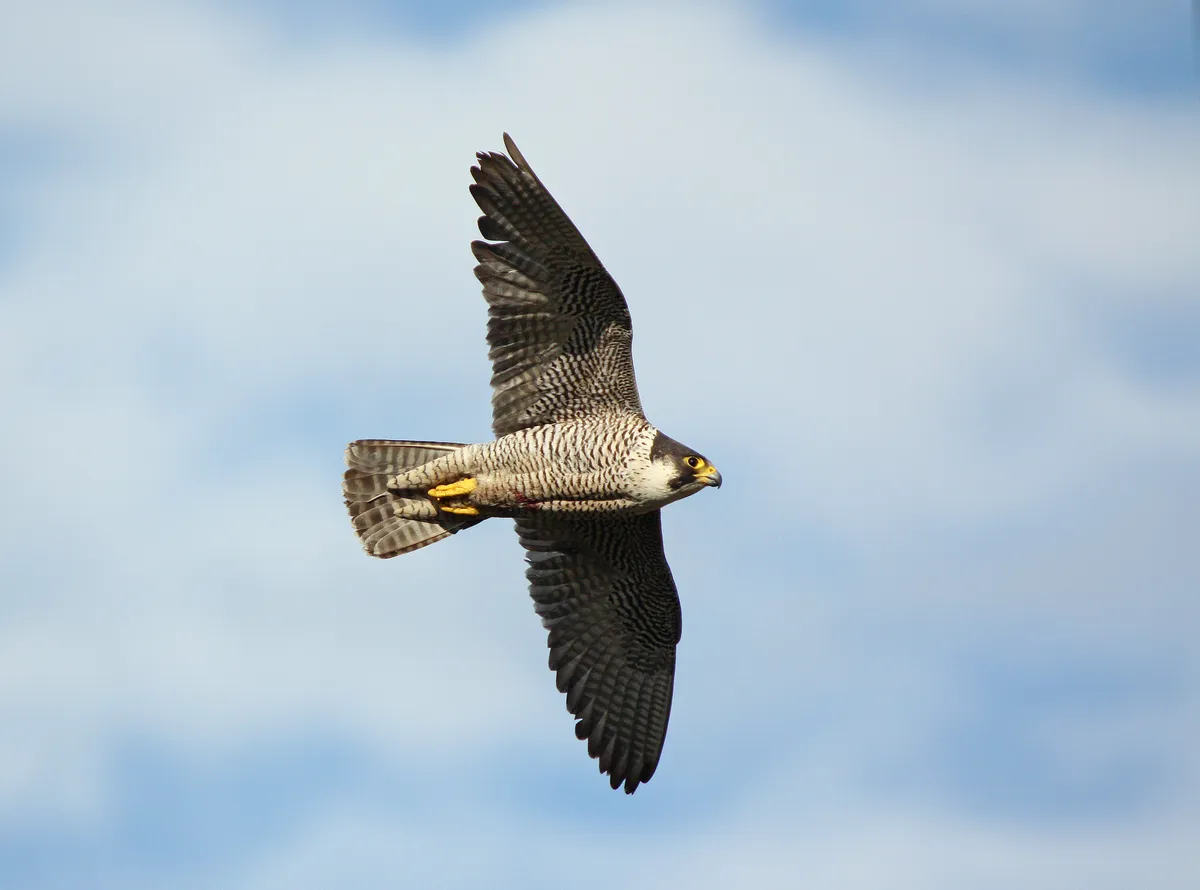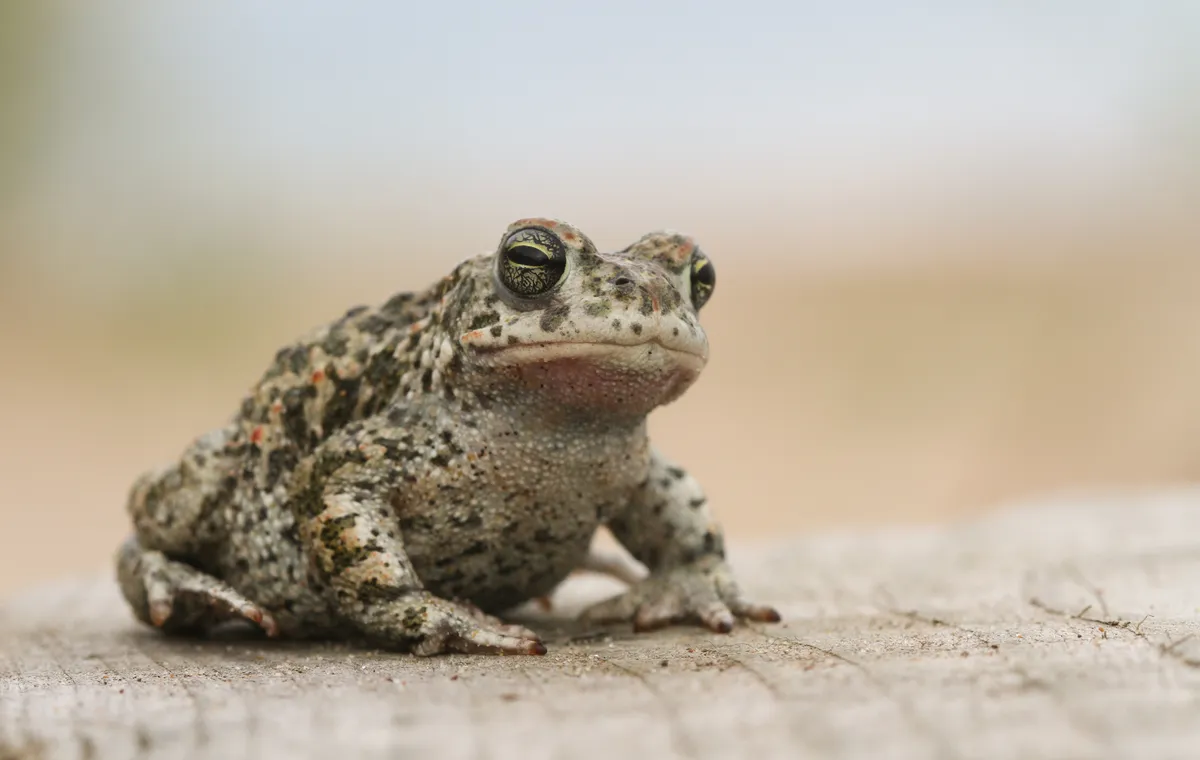This year, BBC Springwatch returns to BBC2 from Monday 27th May for three weeks of live programmes. Here are some of the species and stories that will be making an appearance
Wondering where Springwatch is filmed?
Springwatch 2024 wildlife
Ospreys

Once again the magnificent osprey is a star of Springwatch. This year Megan McCubbin, as part of her Scottish tour, will be heading to the Isle of Bute to watch the impressive hunting habits of Ospreys that return each year to breed.
Seals
While she is there, Megan will also take a deep dive to see the underwater habits of grey seals.
Red kites

Megan will then head to Argaty Rewilding Estate in Perthshire to check out the majestic red kites that call this working farm home.
Beavers
She will also find out the difference beavers have made to the landscape. Megan will get hands on with the habitat, seeing all the signs of the ecosystem engineers, and if we’re lucky, we'll get to see them too.
Peregrine falcons

Peregrine falcons have a major part to play this year as Springwatch has two sets of cameras trained on their nests. As part of an investigation into Glasgow's urban wildlife one set of cameras will be trained on peregrine falcons nesting in tower tops, while the other cameras, thanks to a collaboration with the National Trust, has been placed into a peregrine nest atop Corfe Castle's 20-metre high walls - perhaps one of the coolest nest cams in the programme’s history.
Water vole

While in Glasgow Springwatch takes a look at the iconic water voles, hidden away in the undergrowth.
Little terns
Iolo Williams' Dorset tour takes in the rare little terns nesting on the vastness of Chesil Beach.
Dormice
Iolo also sees Dormice snoozing in the tranquillity of Garston’s ancient woodland.
Puffins

Who can resist this charismatic bird? Springwatch heads to Skomer, to discover why this puffin breeding ground is thriving, when others are declining, and even get in the water with the puffins to learn what sociable birds they are.
Badgers
Malcolm Ingham has been capturing footage of his local badger clans for over 10 years and has witnessed great badger interactions with otters and sheep.
This invaluable window into the secretive life of a badger family has enabled him to share his footage online, helping to spread awareness about them and show people what badgers are really like.
Natterjack Toads

In the sandy, treeless heaths of Southern England, mires and pools form part of the landscape as a rare green-eyed amphibian ventures out of his winter burrow for Springwatch. Having not been seen in these parts for the last 50 years, the Natterjack toad is a welcome sight.
The loudest amphibian in Europe, his chirrup fills the air once again, as he works hard to attract a mate. The full moon adds the final romantic touch. But will the tadpoles find enough food before the pools dry out once again?
Red Throated Divers
Only coming ashore in spring to find a mate, red throated divers put on an impressive display, mirroring each other’s moves with mesmeric synchronicity.
Dressed to impress, it’s not long before they have chicks in tow. But these chicks need feeding, and often, leaving them precariously vulnerable to scavenging skuas and hungry hooded crows…
Marsh Fritillery
In the chalk grasslands of North Dorset, one butterfly caterpillar is emerging from a long hibernation: the marsh fritillary.
But the early spring weather has been unkind as they battle to feed and absorb enough energy from the sun. When their ‘outer jacket’ cannot expand anymore it simply has to come off, which leaves them vulnerable and struggling to settle into their new skin.
They need to go through this six times before pupation and their miraculous metamorphosis into a butterfly can begin. But with so many precarious stages to get through, can they last the distance?
Capercaillie
Springwatch meets PHD Researcher Jack Bamber in the Scottish Highlands, who has dedicated the last four years to preventing capercaillie numbers from falling whilst simultaneously leaving their biggest nest predator, the protected pine marten, importantly unharmed.
Jack shows us his new revolutionary strategy to divert the pine martens, which has had a miraculous 83% success rate.
In the early 1990s it was said the Capercaillie would be extinct by 2010, but with Jack and his team’s help, their future may be safeguarded for a lot longer…
Pseudoscorpion
The humble compost is a putrid paradise for pseudoscorpions and spring is the season to search for a mate.
Danger lurks amongst last night’s leftovers as predators prowl but this amorous arachnid has a crafty claw to get out of harm’s way.
Fox

There is none so adaptable as the urban fox and an allotment in north London provides the perfect place for these individuals.
With a life expectancy of only 18 months we see these creatures contend with the obstacles that city living presents, and their ingenuity as they survive amidst the traffic and townhouses.
Sandhoppers
Sandhoppers make their way from shelter to the shingle and seaweed at the high tide line.
In magnificent macro detail we follow these invertebrates as they feed providing a crucial service to the shore breaking down detritus, and they in turn provide sustenance for a wealth of seaside species.
Where are Springwatch's LIVE Wildlife Cameras?
RSPB Arne in Dorset will be home to more than 30 remote cameras – each hoping to capture the drama of spring as it unfolds.
The nest cameras will be up to their usual tricks, prying into the hidden lives of some of this area’s special bird species.
From skulking Dartford warblers to wonderful woodlarks, via gaudy green woodpeckers and the out-of-this-world nightjar, it’s make or break time as they take on a race against time to rear the next generation. Predators are plentiful in this thriving ecosystem however, so danger is never far away as these chicks take their chances to successfully fledge.
Diving into this heathland world also allows us to explore other groups of animals like never before. All six of the UK’s native reptile species call Arne their home, including rare sand lizards and smooth Snakes. Just like their avian cousins, spring is all about breeding for these reptiles and the cameras will be standing by to follow all the action.
Top image © Getty
